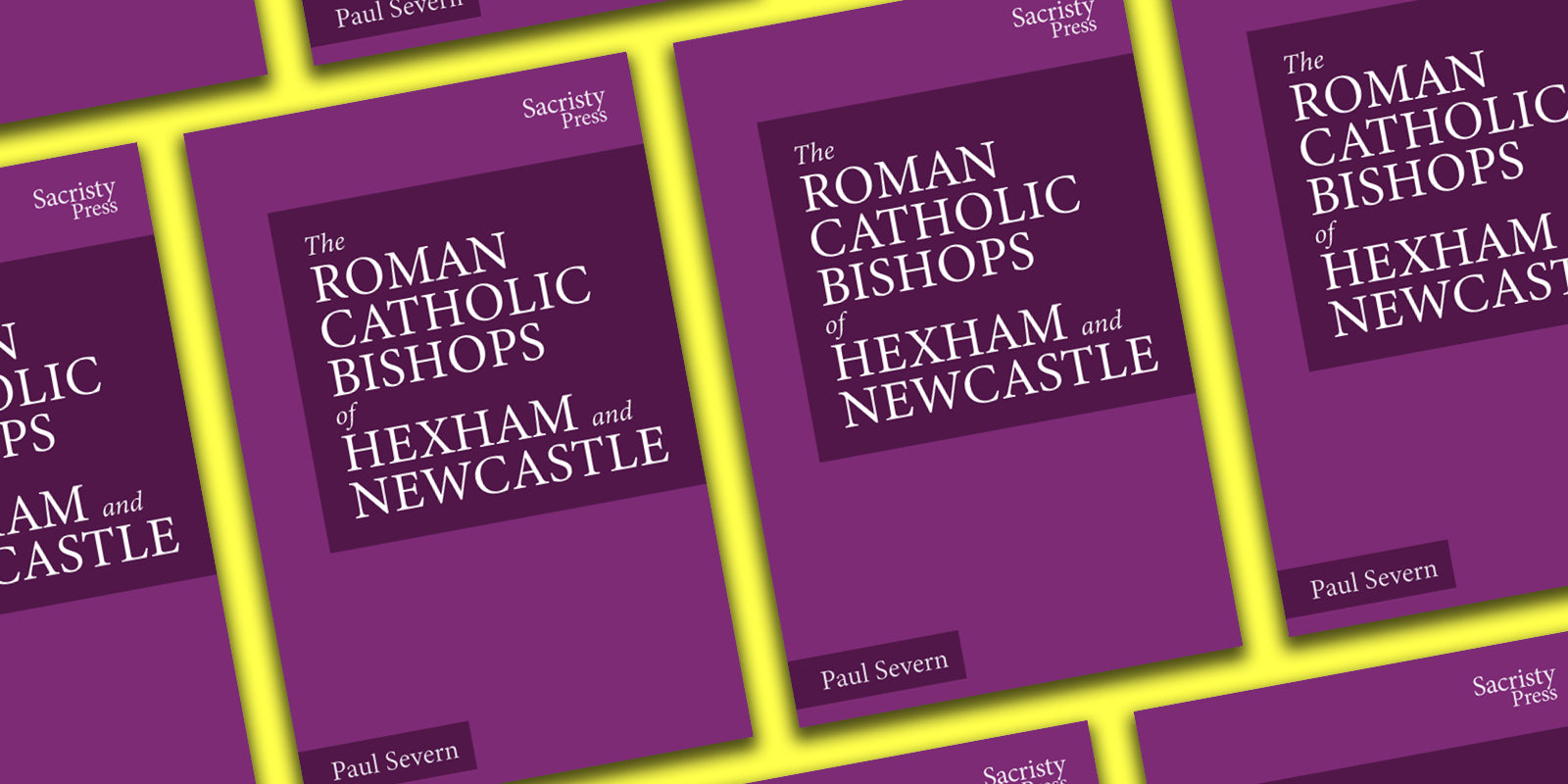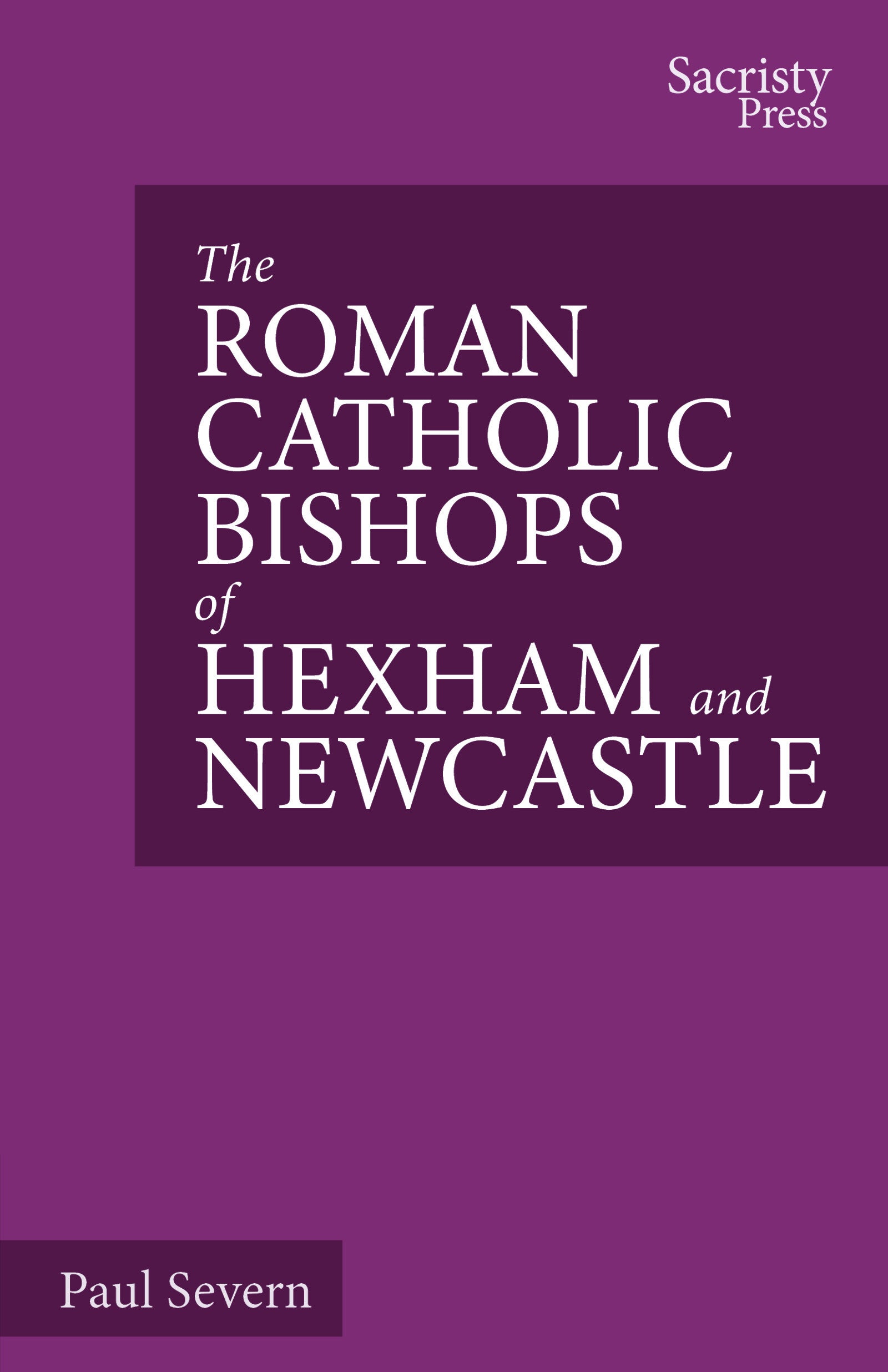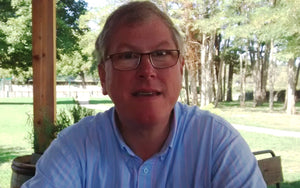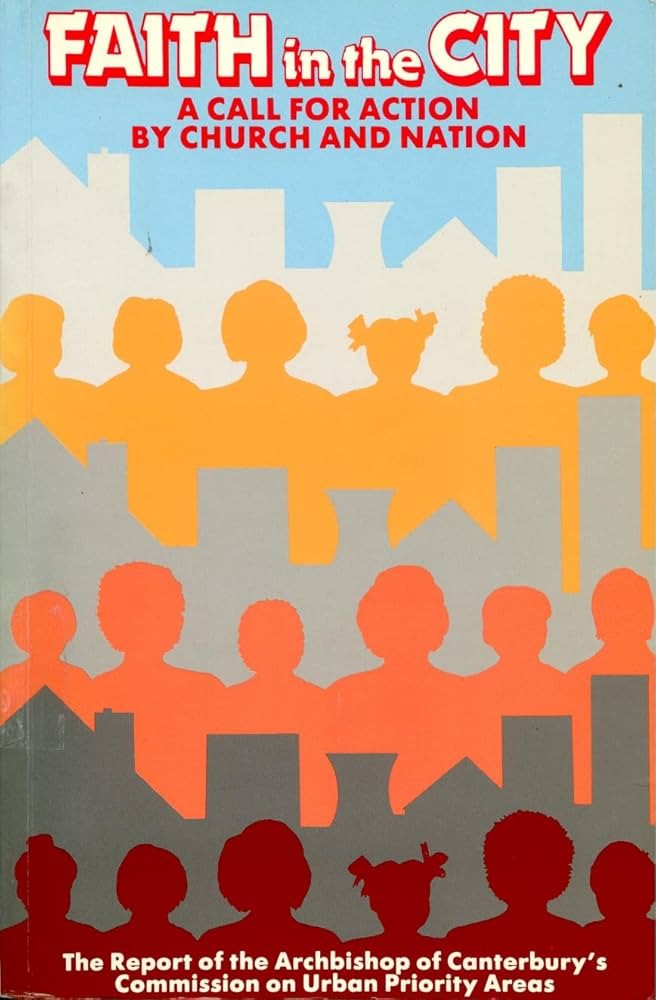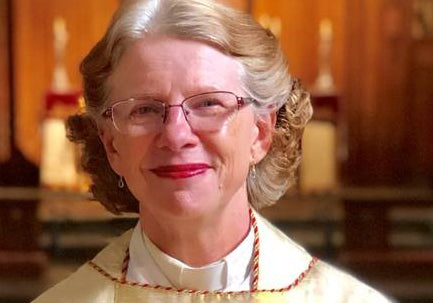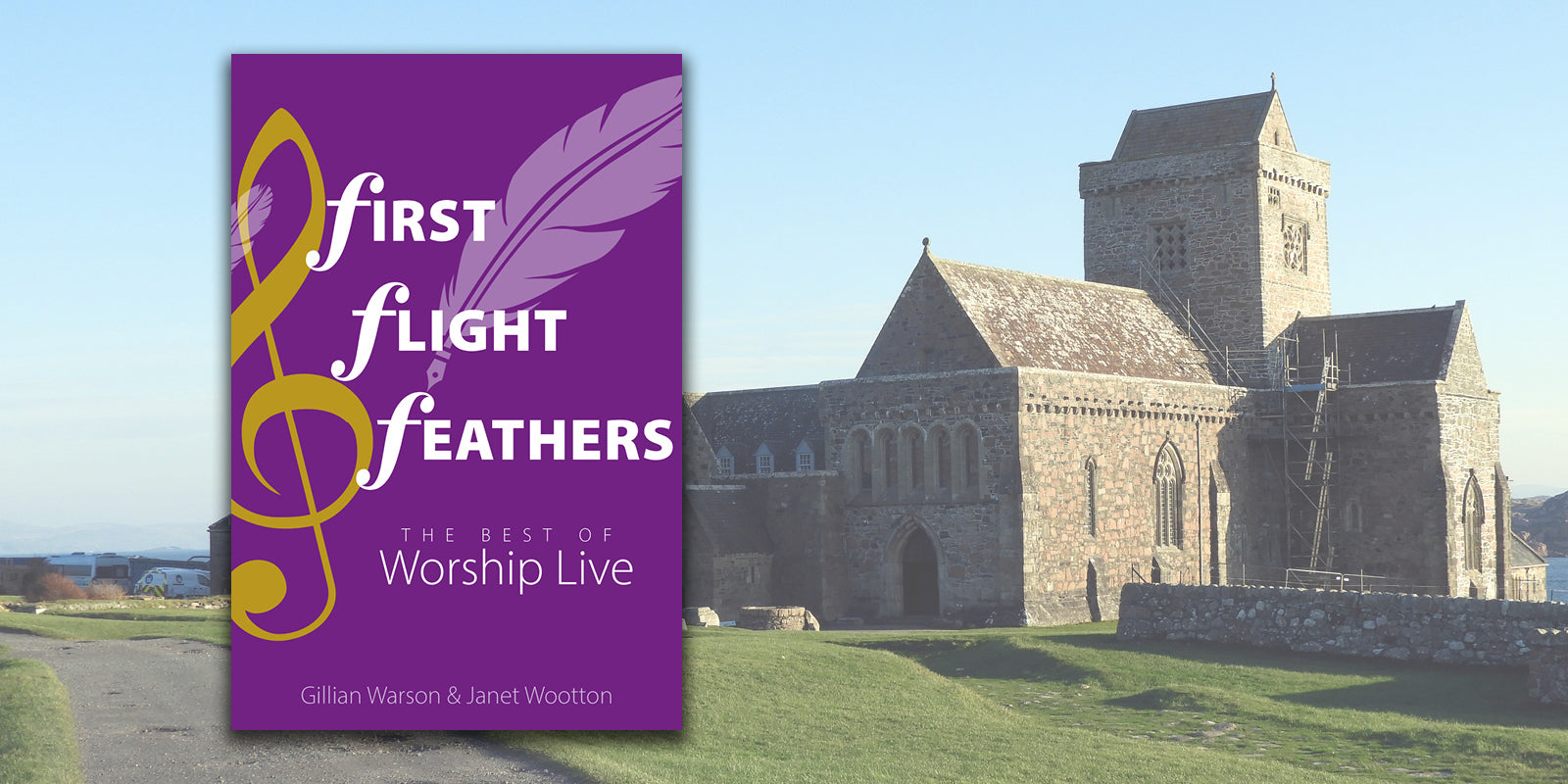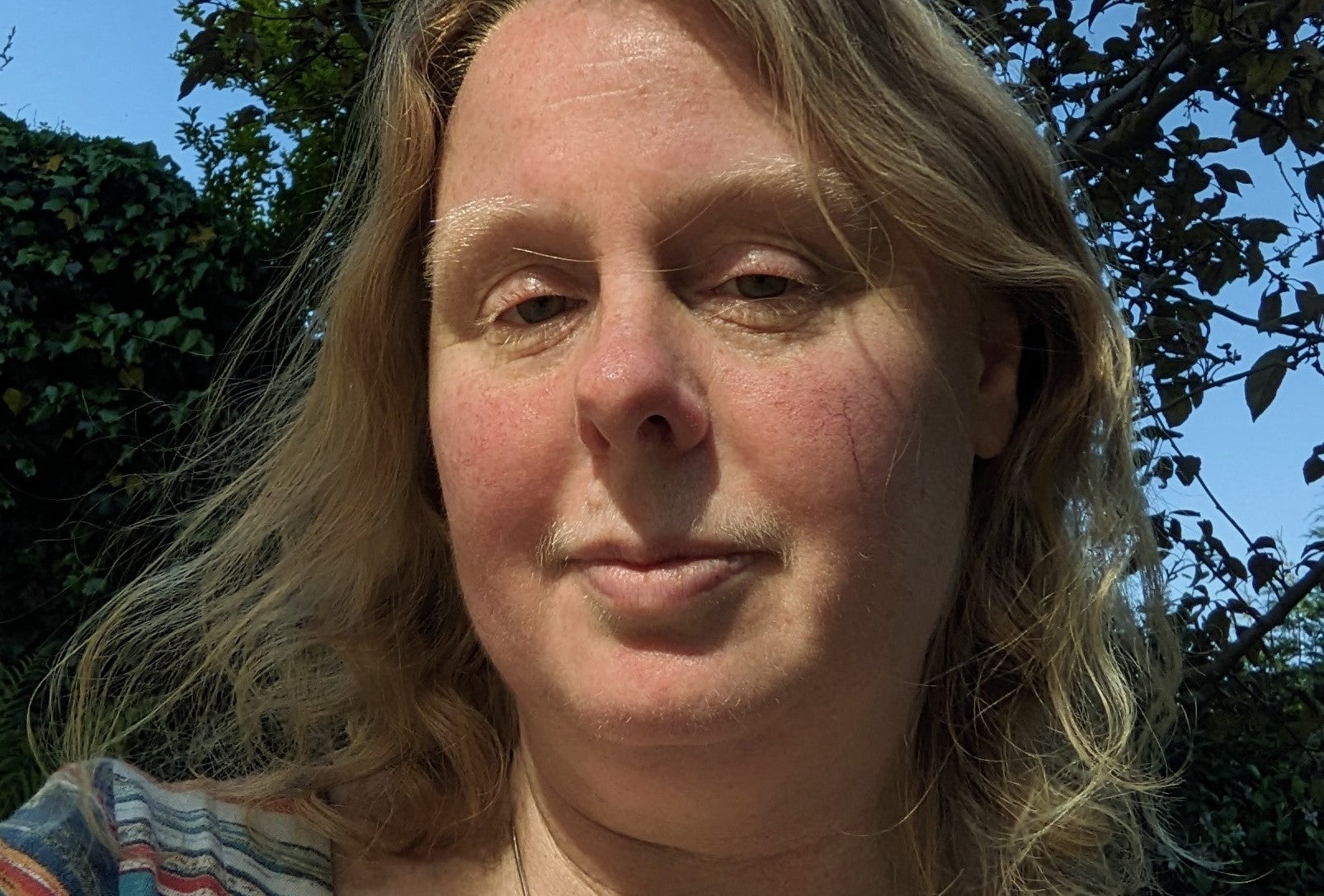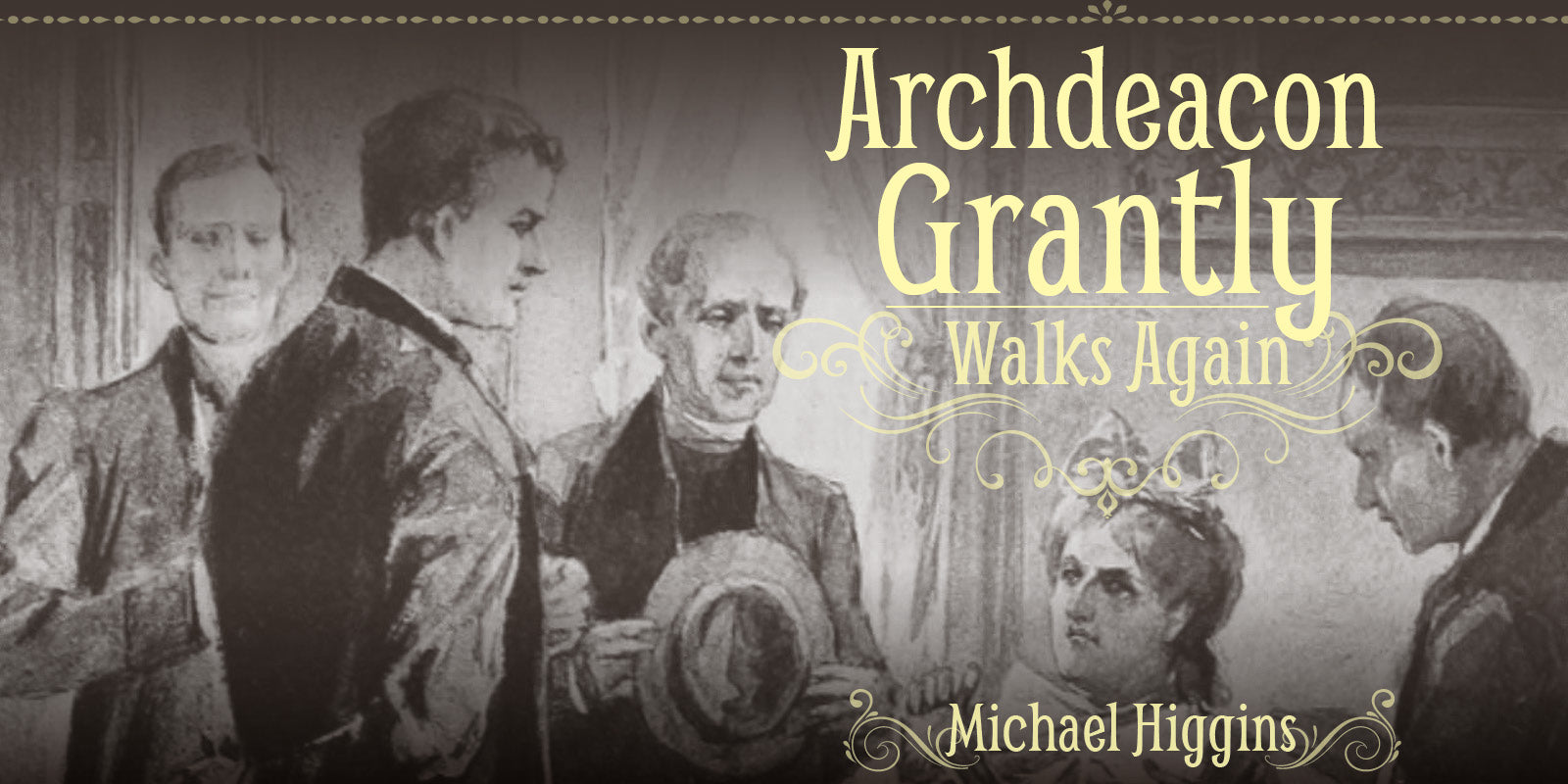GUEST BLOG: Paul Severn, author of The Roman Catholic Bishops of Hexham and Newcastle, discusses what led to his writing the book and what may be coming next!
When I moved from Oxford to Ryde on the Isle of Wight, I was surprised to discover that the first three Catholic bishops of Portsmouth had all spent time living in Ryde. I researched and wrote a couple of articles for the Isle of Wight Catholic History Society which matured into The Early Bishops of Portsmouth, not published, but produced by the society. It transpired that much research had already been done on the fourth ordinary, Archbishop King, so I peeped over the diocesan boundary and wrote The Catholic Bishops of Arundel and Brighton. I have also updated and expanded two of the society’s other booklets, on the Isle of Wight Martyrs and on one of the first Catholic MPs, Sir John Simeon (d. 1870) whose sesquicentenary we remembered in 2020.
wrote a couple of articles for the Isle of Wight Catholic History Society which matured into The Early Bishops of Portsmouth, not published, but produced by the society. It transpired that much research had already been done on the fourth ordinary, Archbishop King, so I peeped over the diocesan boundary and wrote The Catholic Bishops of Arundel and Brighton. I have also updated and expanded two of the society’s other booklets, on the Isle of Wight Martyrs and on one of the first Catholic MPs, Sir John Simeon (d. 1870) whose sesquicentenary we remembered in 2020.
I then felt I wanted to tackle a diocese that could trace its history back to the restoration of the hierarchy in 1850 and being a Durham graduate I chose Hexham and Newcastle. I have delighted in how different the Bishops of Hexham and Newcastle have been, varying from the one who accepted ordination unwillingly and resigned; to the one who was ‘dragged’ out of retirement where he was happily breeding cattle on his farm! A constant thread in the story has been the seminary at Ushaw, with which many of the bishops had close connections. I was deeply moved to visit the cemetery there where many of the men whom I had come to know are buried. When there were students at Ushaw, it was remarked that they could visit the bishops’ graveyards and say a de Profundis. Alas, I fear, no longer, but I said a de Profundis for them when I was there last!
I like to write as I research, expanding, editing, and refining my text as I go along. Nothing is more satisfying to me than expanding or enlarging an initial bold statement marking a historical event. It is perhaps ironic that I loathed history at school, indeed it was the subject of all my worse report grades, but I think I then failed to see history as a (true) story, and I have, I hope, made up for my earlier shortcomings by consciously embracing a narrative approach.
Where next? The Diocese of Lancaster was formed in 1924 out of the western part of the Archdiocese of Liverpool and the eastern part of H&N. I am currently living and working in Cumbria, researching the Catholic Bishops of Lancaster for the centenary.
Beyond that, the rather young Diocese of East Anglia celebrates its golden jubilee in 2026. If I want an ecumenical challenge, then the Diocese of Guildford celebrates its centenary in 2027 and if I were to look overseas, the Diocese` of Copenhagen will be 75 years old in 2028. The obvious snag here is that I do not speak or read a word of Danish, but that might be part of the challenge. I once taught a Danish student ....
The other attraction of the Diocese of Copenhagen is that it is very remarkable. In terms of area, it is huge covering all of Denmark, the Faroe Isles and Greenland (which is a single parish). In terms of its Catholic population, it is tiny, the Reformation having been almost complete. The Catholic population density of Portsmouth is about 36 Catholics per square kilometre; in rural Hexham and Newcastle it’s just over 20; and in Copenhagen it is about 0.4, two orders of magnitude smaller!
We shall see what the future holds!
Born and bred in Oxford, Paul Severn taught mathematics for many years in a variety of independent schools. You can get your copy of The Roman Catholic Bishops of Hexham and Newcastle here!
